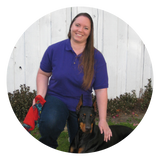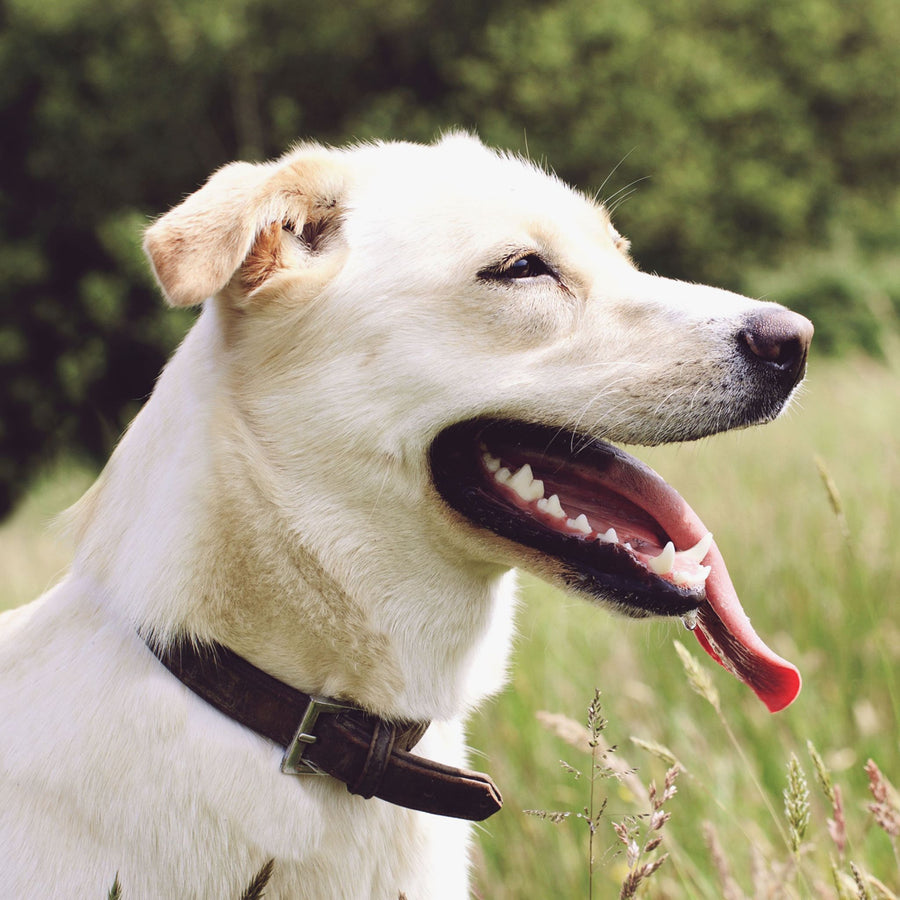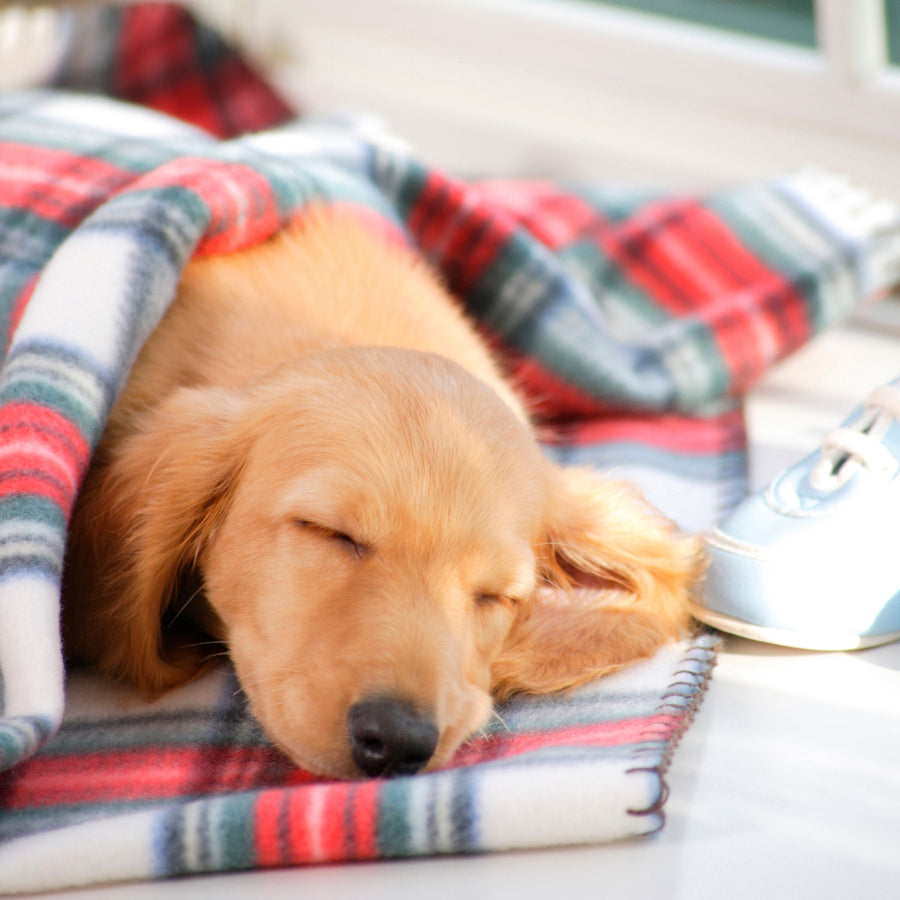Are You Playing Too Many Dog Sports?!

Could there be such a thing, where a dog and handler team are tackling too many dog sports at once?
“Blasphemy”, cries the owners of versatility breeds, “Our dogs are by design meant to play all the things!”
While that may well be true, there is something to be said about HOW one goes about partaking in all the dog sport world has to offer.
For instance, which is the better approach: to dabble a little bit in everything or to be proficient, competent, and successful in a few things?
“…”
And there is the rub.
What we all must keep in mind is that our dogs are not machines, computers, or robots. They are living, breathing, thinking and emotional beings who indeed have limitations based upon their age, maturity-level, physical capabilities, overall health and so on. Yes, their lives are tragically short, and we may be compelled to jam in as much as we can. However, doing so may undercut what we are attempting to accomplish in the first place and worst still, may compromise the relationship we have with our dog.
COMPLIMENTARY SPORTS
Now, it is not all doom and gloom. There are indeed ways you can participate in a variety of dog sports and keep your canine friend happy, healthy, and engaged and your relationship with them intact.
One of the wonderful aspects of dog sports is they tend to compliment one another fairly well if we look carefully enough. We, as handlers and trainers, just need to identify how to properly pair up the appropriate sports to achieve our desired result.
Take tricks for instance. Essentially, trick training is when we teach a dog to do a variety of behaviors, of increasing precision and difficulty, in a fun and engaging way. By design, handlers tend to be more relaxed when they are training tricks and thus are more prone to look for good attempts by the dog. These training sessions are lighthearted and fun. All this helps the dog become more engaged in the activity, even experiment in what behaviors they offer, to ensure the fun continues. How many dog sport competitors would kill for that level of engagement, joy, and commitment in their given sport?!
Could you possibly isolate a behavior needed in agility or obedience, teach it as a trick first and then weave it into an agility or obedience sequence? The answer is a resounding yes!
Likewise, could you inject some of that joy, engagement, and commitment back into a sport that the dog may begin to become lackluster in? Once again, the answer is yes.
This is what I mean by finding complimentary sports and being mindful about how we do “all the things”.
Let’s take another example. Your dog is doing Barn Hunt and is consistently hitting on where the rat used to be and is blowing off their tunnels and climbs. There are lots of reasons why this may be happening, but perhaps the dog needs to understand the difference between source odor and residual odor while also building up their physical ability to successfully navigate the hay maze. In this case, Scent Work may help your dog have a better understanding of tackling specific odor puzzles while canine parkour and canine fitness exercises may help your dog develop the strength and confidence to climb and tunnel confidently.
“Wait! I thought you said doing too many dog sports at once was a bad thing!”
Throwing everything and the kitchen sink at the dog is not a good idea, generally speaking.
What we are talking about is being mindful in our training. Isolating which specific skills the dog may need and determining the best way to build those skills.
For our Barn Hunt example, we have a dog who may need more time learning how to solve various odor puzzles. Doing Scent Work exercises in a low-distraction environment, such as your living room, where they are hunting for food, may be just what they need! A way to isolate their hunt drive and ability to sort out what odor may do in certain situations. You can then manipulate the set-up to offer different puzzles: have the food in a certain spot for 10-15 minutes and then move it before you run your dog. Let them experience what this looks like. Sure, that area smells like food, but the food is not there anymore. If they want their cookie, smelling where the food WAS doesn’t get them anywhere. They need to find where it is right now.
You can then transfer this to your Barn Hunt training sessions. Have a single rat tube in the ring with no other empty or litter tubes. When the dog finds their rat give them a HUGE jackpot. Move the rat and run them again. Essentially, the cookie has moved. Sure, the rat likely “leaked” in the other spot but fussing over there will not earn them their goodie – they need to find where the cookie, or rat, is now!
Helping your dog understand this in the Scent Work context helps them better grasp it in the Barn Hunt context. This approach is also helpful to us handlers, as it forces us to break down our training sessions into smaller pieces, further ensuring our dog can better understand and be successful.
Alright, the rat part of the equation is taken care of. But what about the tunnel and the climbing issue? Obviously, we always need to ensure there is not an injury that could be the root of the problem. Therefore, please be certain to check-in with your veterinarian first. Once an injury is ruled out, it could be that your dog lacks the required body awareness and surety to navigate these hay mazes. Basically, they are not sure they can! Canine parkour can help with this very thing.
Again, starting off easy in a low-distraction environment, get your dog used to climbing on small platforms and through makeshift tunnels (two chairs next to one another with a sheet draped over them, for instance). With time, your dog will develop the confidence and physical ability to tackle these climbs and tunnels in Barn Hunt! At the same time, you may want to undertake some canine fitness exercises to ensure they are limber and fit. You would then weave in hay maze navigation training sessions, where the dog simply needs to climb or tunnel, making it a super fun and engaging game.
The final stage is to put all the pieces together, adding a rat to the hay maze and running the dog. Not only do they successfully find their rat, but they also rock their climb and tunnel too!
Scent Work, canine parkour and canine fitness can be excellent complimentary dog sports and activities for a team who is interested in doing Barn Hunt. Building skills in one and then applying it in another, being flexible and fluid in your approach may be just the ticket. Take a long critical look at the dog sports you are participating in. What complimentary activities can you leverage to best help your dog be as successful as they can be?
LIFESPAN SPORTS
There are indeed those sports that demand a great deal from your dog physically. As they age, the physical toll will be too much, and your dog will need to retire from these sports. Dog handlers should plan for this inevitability and have a smooth way of transitioning their dogs from the high-octane activities to something that is not quite so physically demanding.
In this vein, introducing your dog to another sport such as Scent Work or trick training or treibball as they are killing it in agility, flyball or dock diving is a good thing! Your dog will be accustomed to training and practicing with you. If that all suddenly went away when they retire, it could send them into a depression. By having these lower-octane activities as part of the routine, you can more smoothly transition your dog over and avoid them becoming despondent.
Think through what your dog excels in now and what they enjoy, then identify some lower-octane sports to start weaving into their routine. Doing so will allow for this smooth transition for both of you.
FINAL THOUGHTS
The dog sport world is full of many wonderful options. It is easy to try to do too much at once, get burned out and then sour our dogs to everything! But if we are more mindful and careful, we can identify those activities that best compliment and build off one another, thus allowing our dogs to further grow and develop in the canine star we know they can be.

Dianna has been training dogs professionally since 2011. She has done everything from teaching group training classes and private lessons, to specializing in working with fearful, reactive and aggressive dogs, to being a trial official and competition organization staff member.
Following a serious neck and back injury, Dianna was forced to retire from in-person dog training. But she was not ready to give up her passion! So, she created Pet Dog U and Scent Work University to provide outstanding online dog training to as many dog handlers, owners and trainers possible…regardless of where they live! Dianna is incredibly grateful to the amazingly talented group of instructors who have joined PDU and SWU and she looks forward to the continued growth of PDU and SWU and increased learning opportunities all of these online dog training platforms can provide.
In June 2021, Dianna and her business partner, Sean McMurray launched Cyber Scent Work, Inc., an organization that operates in the gray space between training and trialing in Scent Work. With Cyber Scent Work, Inc., handlers have the opportunity to earn Qs, titles and ribbons while also receiving helpful training advice regardless of whether they qualify or not! Be sure to check out Cyber Scent Work, Inc., you will be happy you did!
#petdogublog #newpuppy #choosingyourpuppy #choosingabreed #perfectfit #playwithyourdog #dogsports #traindogsports #dogownership #puppyownership #dogowners #dogs #puppies #dogtraining #dogtrainers #dogtraininginstructors #doginstructors #petdogu

